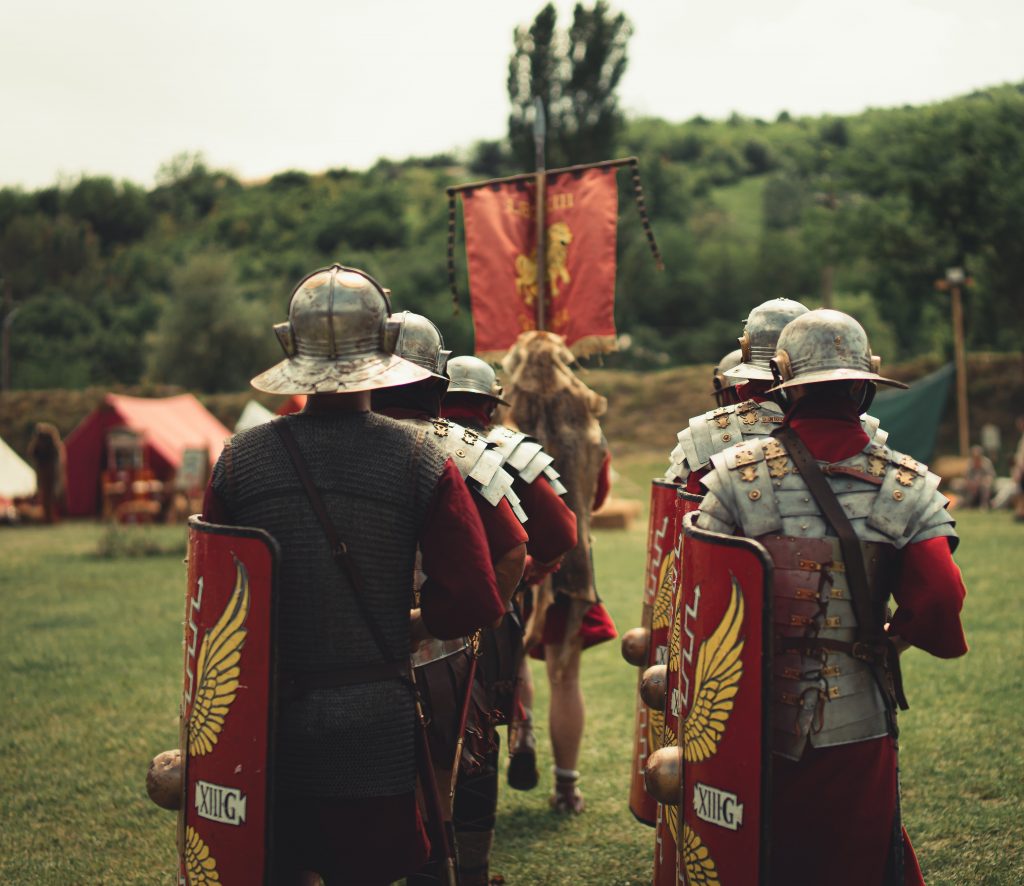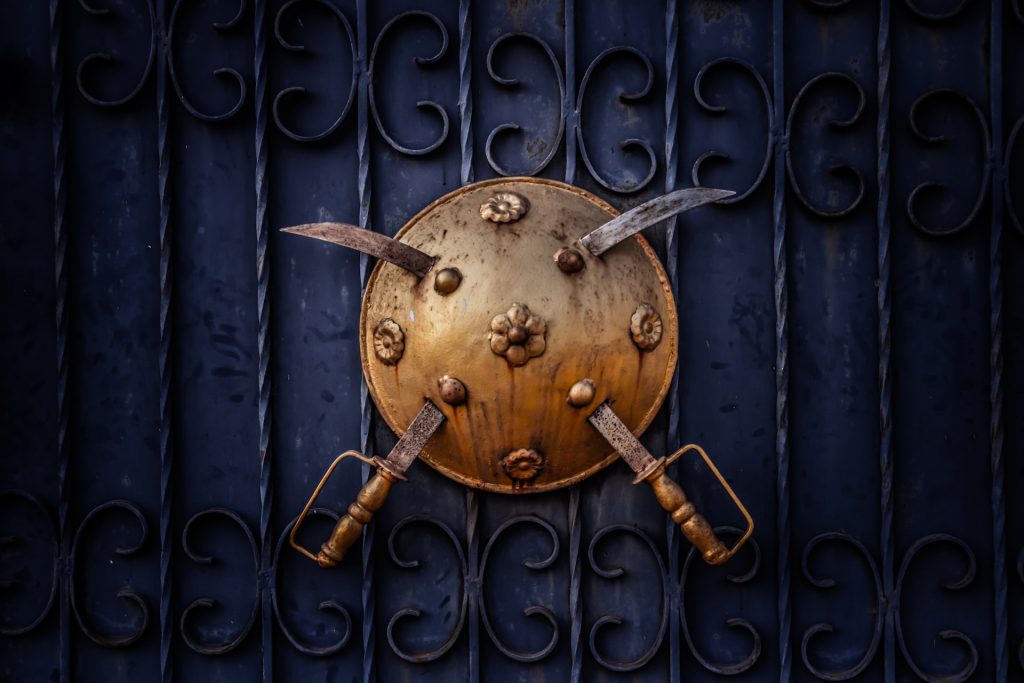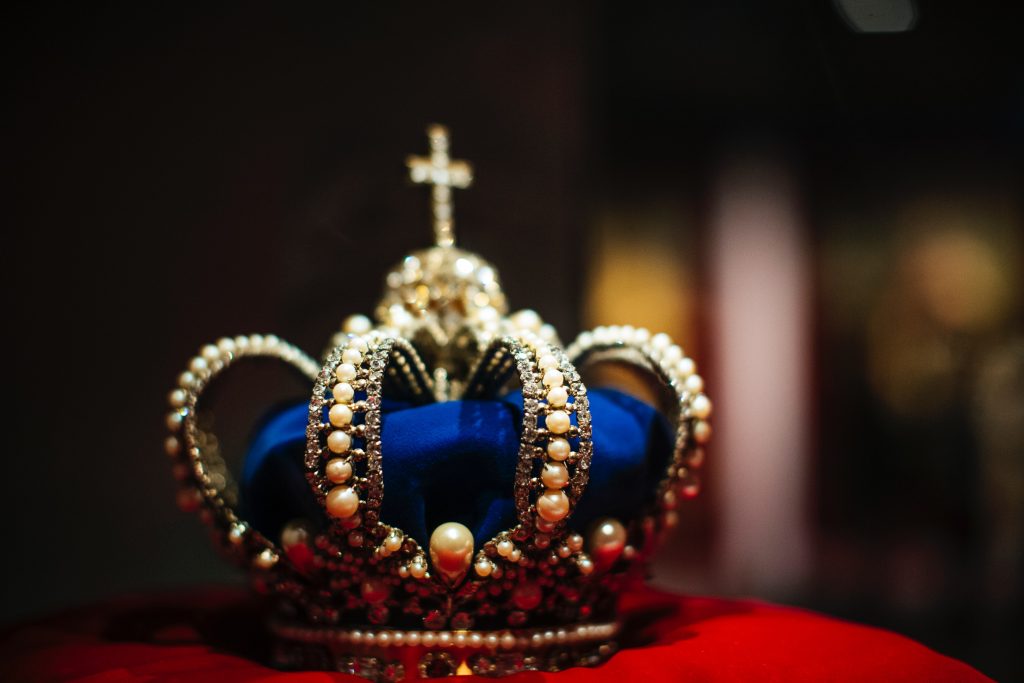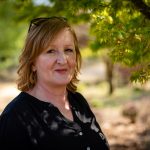This post gives tips on how to build an authentic sense of time and place in your historical fiction writing.
Share this post in your favourite places

No-one said writing historical fiction is easy
But you can do it!
In her book on writing historical fiction, Emma Darwin says one of the reasons people write in this genre is:
To evoke a particular time in history which has a very strong atmosphere and dynamic which you want to capture.
Sound familiar? I know this is one of the reasons why I write about the past.
But what if you have a strong story idea but are struggling to capture the atmosphere of your historic setting? Maybe you have received feedback from your beta readers that they can’t picture your 19th century backdrop, or you are struggling to decide how much detail to include.
I believe there are several key things you can do as a writer which will help fill your writing with a strong flavour of the past and deliver a satisfying book for your reader.
Read more novels set in the past
Who are your favourite historical fiction authors? How do they create a sense of the time they write in?
As writers, we all know the advice is to read and to read lots. And I don’t have much more to add to this other than read more historical fiction. There are so many excellent books covering every period in history from Prehistoric Britain in Bernard’s Cornwell’s Stonehenge to 1920s New York in Hernan Diaz’s Trust and everything in between.
And by all means, read books within the time period you are writing in, but I would say read outside of this too. The aim is to gain an understanding of what a really good (or bad) historical setting looks like and apply this to your own work in progress.
Read contemporary novels from the period you are writing in
Approach your reading with a writer’s eye and make notes about anything you find useful.
Ok so this won’t be possible for all time periods but for eras such as the long nineteenth century or the two world wars, the contemporaries of the time lived the world you want to write about and it doesn’t fail to come through in their works.
Of course there are the heavyweights like Jane Austen, The Bronte Sisters and Charles Dickens. But there are other less well-known works. One of my favourites is Westwood by Stella Gibbons. Written in 1946 and set in wartime North London, it is the story of Margaret Steggles and is full of great examples of social observations and of what day-to day life during the war was like. Reading books such as this will give you a good sense of the way people thought and behaved at the time and will help add a layer of authenticity to your writing.

Research – but not too much!
The key is to get a good balance between historical fact and your writerly imagination.
I think it’s important to say straight off that no matter how much research is done, you’ll more than likely get something wrong and it will be spotted by an eagle-eyed reader.
Research is really important, but it is all too easy, especially as a first-time historical fiction novelist, to get lost in the process. The internet is a wonderful research tool but before you know it you’ve been sucked down a rabbit hole, three hours have gone by and you haven’t got a single word on paper.
There are some good resources to help you organise your research – this one is particularly helpful. The general advice is to use a balance of primary sources (eg newspapers of the time, diaries) and secondary sources (those which look back at particular periods in history).
The most important point is to not lose focus on the story. Without a good story, all your hard work researching will be a waste of time.
Visit Living Museums
Immerse yourself in the past to help spur you imagination.
Building on the point of research, why not try visiting one of the excellent Living Museums dotted around the UK?
As well as the museums, you could also attend historical reenactments. I’ve been to many of these over the years and found them to be hugely inspiring and educational. The people taking part have lots of knowledge which they are only too happy to share. Organisations such as The National Trust and English Heritage hold events at many of their sites during the summer months, so have a search and see what you can find.
Both Living Museums and reenactments are great ways of giving you an all-round sensory experience of a different time period. Which leads me on to my next point.

Use the senses
All of them!
Evoking the senses really helps to bring any fiction writing to life, but for me this is perhaps one of the most important aspects to work on when trying to tell convincing stories set in the past. It’s a great opportunity to stir the reader’s imagination and pull them fully in to your world.
Susan Stokes-Chapman uses the evocation of smells to great effect in her novel Pandora:
He can smell the raw essence of unwashed skin, the salt pungence of fish and seaweed. It mixes with the noxious stink of excrement and Thames rot, and Hezekiah must use all his self-control not to vomit on his shoes.
Can’t you just smell it?
And in The Doll Factory by Elizabeth Macneal, the character Silas is witnessing scenes at the Crystal Palace exhibition of 1851:
A vast fountain spurts glittering jets of water into the sky, and a sea of women thrust through the turnstiles, grasp one another in a kind of ecstasy, and heap clothes and bags over their male chaperones. The colours are as overwhelming as a high-class brothel – nests of tangled feathers, obscenely swollen hats, raised parasols, and acres of stuffed crinoline.
Both of these are strong examples of how tapping into the senses when writing historical fiction adds life and a genuine sense of being in another time.
So there we are. My suggestions for how you can instill authenticity into your writings about the past.
More Resources
How to effectively research historical fiction
Three ways to create historical authenticity

Tracey Chick is a line and copyeditor specialising in historical fiction and narrative nonfiction.
She is a member of the Chartered Institute of Editing and Proofreading.
Visit her website at Tracey Chick, connect on Twitter at @WriterTjc, LinkedIn and Facebook.
Share this post in your favourite places